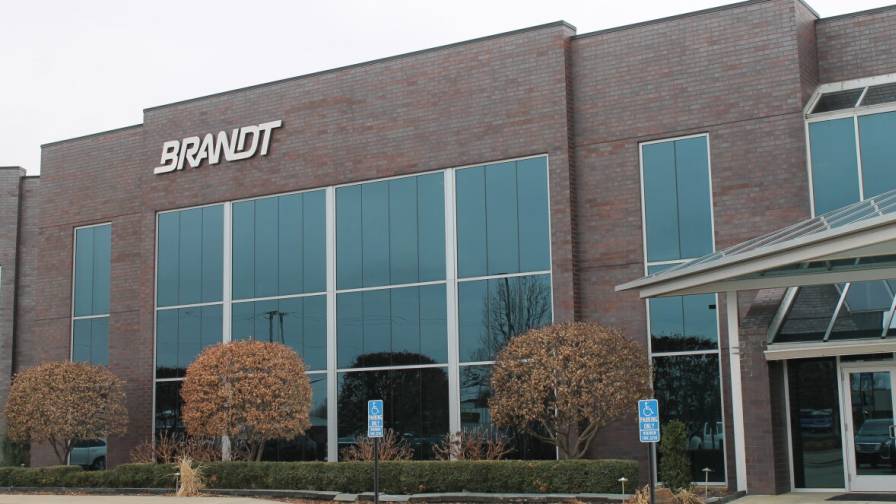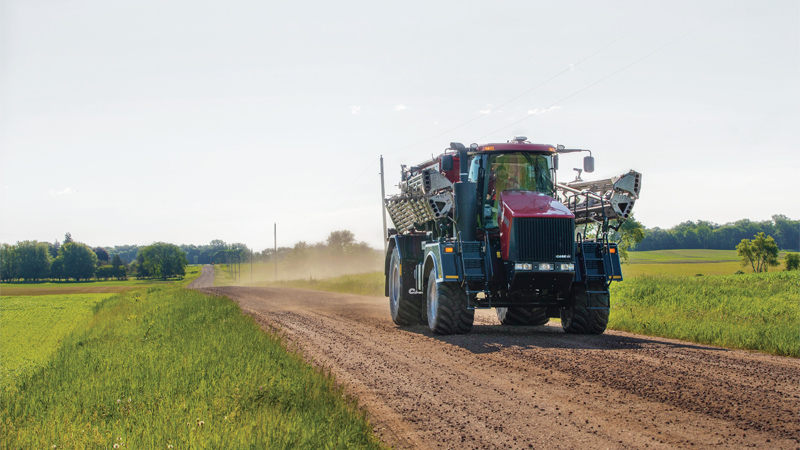Components Of A Complete Manure Management Plan
Within the next few years, every livestock and poultry farmer who has more than 100 animal units (varies state to state) will be required to have a complete farm manure management plan utilizing available technology. For many producers this will simply mean documenting those practices already being employed. For others, it will mean proper management or upgrading existing components into a complete and environmentally safe system for managing manure, residuals such as lagoon liquid and sludge, field runoff, and animal mortality.
The North Carolina State University Extension outlined some components of a complete manure plan as follows:
Site Selection. For new producers or those anticipating significant expansion, site selection is probably the most important single consideration associated with the entire operation. Adjacent land use should remove from consideration those sites near residential developments, commercial enterprises, recreational areas, or other prime areas for non-agricultural uses. Wind direction probability diagrams will help to locate facilities downwind of warm season prevailing winds. The strategic planting of hedge rows or tree barriers at property boundaries serves to shield the production and manure management facilities from direct sight and to reduce wind speed across the facilities allowing any emitted gases more opportunity to rise vertically and dissipate into the atmosphere. A site may seem ideal with respect to transportation, feed supply, accessibility or land ownership, but may be inappropriate because of existing or proposed development.
Soil properties and limitations should be investigated. Soil types with limited permeability which will rapidly seal are desirable for lagoon construction. Coarse sands will probably need to be amended to speed up the sealing process. An erosion control plan to stabilize and maintain a site during construction should be considered. When possible, locate production facilities near the center of a tract of land large enough to allow manure to be applied at agronomic rates. Pollution control and manure management facilities should be located as remotely as possible from areas of high environmental sensitivity such as drainage canals, streams, or natural wetlands.
Buildings in flat, high water table areas should be built on pads of earth excavated from the lagoon. Elevating these buildings several feet above ground routes surface drainage away from them and allows flushed manure to flow by gravity to a lagoon built above the water table. Upland facilities should be built on high ground and as far away fr om water sources as possible to allow wastewater management options.
Type Of Operation And Animal Inventory. The type of operation (dairy — lactating cow, dry cow, heifer, calf; swine — farrow-to-weanling, farrow-to-feeder, nursery, finishing, farrow- to-finish; turkey — brooder flock, grower, breeder; etc.) affects most manure management practices. The maximum number of animals and corresponding total live weight expected on the farm on any given day is also necessary for most manure management calculations.
Type Of Production Facilities. Different environmental management practices are required for different production facilities and systems. Stock trails and improved stream crossings may be required in vulnerable pasture areas. Fencing of animals from streams in intensively used areas where animals tend to congregate or along highly erodible reaches may be required. Animals maintained on unpaved lounging areas or drylots not supporting vegetation will in some instances require conservation practices to minimize the effects of lot runoff. These animals will most likely be denied direct access to surface waters or wetlands.
Partially enclosed facilities with animals on open slabs will also be subject to runoff control. Totally enclosed facilities can affect the production performance as well as potential odors emitted depending on floor surface, ventilation, and manure management. In-house manure collection methods and frequency affect gas and odor levels. Modern manure removal methods such as flushing, pit recharge, and mechanical scr aping have drastically reduced the gas and odor levels inside production facilities.
Manure Storage/Treatment Facilities. Producers must decide whether their objective is manure nutrient conservation for maximum fertilization or nutrient reduction for ease of management. If nutrient conservation is desired, then scrapers moving manure to outdoor holding tanks or basins, or settling basins prior to lagoons for flushed waste will be needed. Liquid manure spreaders or slurry irrigation systems will move the manure nutrients to large field crop acreages for spreading. If, on the other hand, nutrient reduction prior to land application is desired, then solids separation and/or anaerobic lagoons become very important parts of the overall treatment system.
Lagoons, storage basins and holding ponds must be properly sized according to USDA-Soil Conservation Service specifications using correct construction, start-up, and management procedures. When properly planned and managed, lagoons can reduce overall odor levels around a production facility, reduce nutrients to be land applied by up to 85%, provide flexibility for land applica tion scheduling, and have minimal impact on shallow groundwater.
Read the full article on North Carolina Cooperative Extension.





